Coffee is one of the most popular beverages around the world. It’s a hot and cold drink and can be served in many different flavors including: black, iced, dark roast, light roast, flavored coffee (e.g., vanilla) and even as an espresso shot. Iced coffee has been growing in popularity for several years now with many people drinking it instead of soda or other carbonated drinks such as cola or ginger ale. However, there are some major differences to how you brew your coffee that will affect the taste depending on what you want to do with it once it has finished brewing.
Cold brew coffee is a delicious alternative to your usual hot cup of joy. It’s also less acidic and has almost double the caffeine per ounce than regular coffee! This blog post will explore how to make cold brew, what factors influence it, and share some tips for making the perfect cup every time. We’ll help you understand how different factors like water temperature and roasting quality can affect your final product!
What is Cold Brew Coffee?
Cold brew coffee is a type of iced coffee that uses cold water instead of hot to extract the flavor from ground beans. In many cases, this means that you will need to use coarsely ground beans since it takes more time for them to have their flavor extracted when using cold water as opposed to hot liquid which extracts flavors faster due to the hot liquid. However, if you prefer really smooth coffee then cold brew may not be the right choice for you since many people say that it’s less acidic than regular iced coffee which means it can have a smoother texture but lacks some of the flavor notes because they are extracted much more slowly.
Brewing temperature for Cold Brew Coffee?
Cold brew coffee is a great alternative to regular brewed coffees. The main difference between the two? The cold extraction process!
When you’re making cold brew coffee, it’s important to keep in mind that the temperature of your water is one of the most influential factors on how your final product tastes.
While you can find some extracts that are formulated for anywhere between 1°C – 37°C (34°F -99°F), it is recommended to go somewhere in between and put it in the refrigerator at temperatures between 5°C – 10°C (50°F) for microbiological reasons.
The right coffee beans for Cold Brew Coffee?
When it comes to choosing your beans, there are many different types that you can choose from. For example:
· Arabica Beans – This is the most popular bean for cold brew coffee and tends to have a very smooth taste with lots of flavor notes such as chocolate or berries which results in a fruity tasting final product when mixed with water.
· Robusta Beans – This type of bean is ideal for making cold brew coffee. They tend to be more acidic with a sharp taste which means that they are often too overpowering when used in regular hot brewed coffees but can work well as an extract because the acidity helps it stand out much better than other beans do.
It is important to keep in mind that there are many different types of beans available on the market and each one has their own unique characteristics. However, cold brew is a great way for you to experiment with these flavors since they tend to be more subtle which means you can try out exotic flavors without worrying about them being overpowered by other tastes.
The right roast for Cold Brew Coffee?
When it comes to choosing your roast, there are several factors that you will need to consider. To begin with:
· Dark Roast – This type of bean is great if you’re looking for a bold flavor in your cold brew coffee since the roasting process tends to bring out their natural flavors more than other types like light roasted versions do. This type of coffee will give you a rich and earthy taste. Think chocolate, spicy flavors with nutty hints that are more prominent,
· Medium Roast – This is a great middle ground if you’re looking for something that isn’t as strong or bitter as dark roasted beans but still has more of an edge than light roast versions. Aromas and flavors that are neither bitter nor sour, with an even balance of both.
· Light Roast – This type of bean tends to have a much more subtle flavor and often has notes such as citrus, berries or floral flavors which are perfect for cold brew coffee. While light roast coffee beans have a more delicate flavor than the darker variety, it’s important to know that they won’t always translate well in cold brewing methods.
If you’re not sure what kind of roast would be best then it is recommended that you start with something dark before moving on to light roasted beans since they can be too light when combined with water and need a longer extraction time.
However, keep in mind that light roasted beans are often more expensive than dark roast versions because the roasting process tends to bring more defects coming in the forefront.
If you’re on a budget, then it is recommended that you try out dark roast beans since they tend to be less expensive and still have lots of great flavors. However, if your main goal is to create a cold brew extract with maximum flavor notes then light roasted versions are the way to go!
Using single-origin or blended coffee beans for Cold Brew Coffee?
When it comes to the blend, there are many different options on the market. You can choose from single origin coffee which is made up of only one type of bean or blended coffee which has a variety of different types mixed together.
· Single-Origin – This is great if you’re looking for something that tastes more unique since they tend to have more character than blends which means you can experiment with different beans without worrying about the final result.
· Blends – This is great if you’re looking for a coffee that’s slightly less expensive since it will be easier to get your hands on and has some of the best flavors from all types of beans blended together.
We suggest savoring the rich tastes of single origin beans while brewing your Cold brew coffee as a delicious method to appreciate the flavor, origins, and truly enjoy it.
Differences in extraction time for Cold Brew Coffee?
The time of extraction is important when it comes to cold brew coffee since different types require longer or shorter periods for the water to extract their flavors. The factors of extractions are three main factors: Water temperature, turbulences in the water (e.g. using a stirrer) and the coffee grounds size.
· Short Extraction with high water temperature, turbulences in water and small coffee ground size. If you’re looking for something that’s still rich in flavor and high on caffeine then this type of version is great.
· Medium Extraction with a balanced water temperature, not too much turbulences in water and medium coffee ground size. The longer you allow your cold brew to sit for, the more caffeinated it will be which means that if you ‘re looking for something that’s more on the mild side then this is the best option.
· Long Extraction with lowest possible water temperature, no turbulences in water and larger coffee ground size. This type of version allows you to extract all flavors so if you’re looking for something strong in both flavor and caffeine then this is the best choice.
When it comes to brewing your cold brew coffee, keep in mind that you want to avoid having an extremely long extraction time because this can lead to a bitter taste and more of a cold brew concentrate which means you won’t be able to enjoy all of the rich flavors that are included in each type!
All types have their own unique flavors and you can experiment with different extraction times for your homemade cold brew coffee, water temperatures and turbulences in your batch to find the one that’s best for your favorite cold brew.
What is special about cold brew coffee?
There are lots of different factors that make cold brew coffee special. The main difference between cold brew and iced coffee is that it has a much more concentrated flavor which means you’ll get all the great notes in every sip!
Another factor for cold brew would be its caffeine content since most people will need to drink less compared to other types of hot coffee because there is actual more caffeine included.
The final difference is that cold brew coffee has a lower acidity which means you won’t have to worry about an upset stomach since the acids are reduced compared to other types of hot coffee!
All in all, cold brew coffee can be great for your health and it’s one of the most delicious ways to enjoy coffee!







